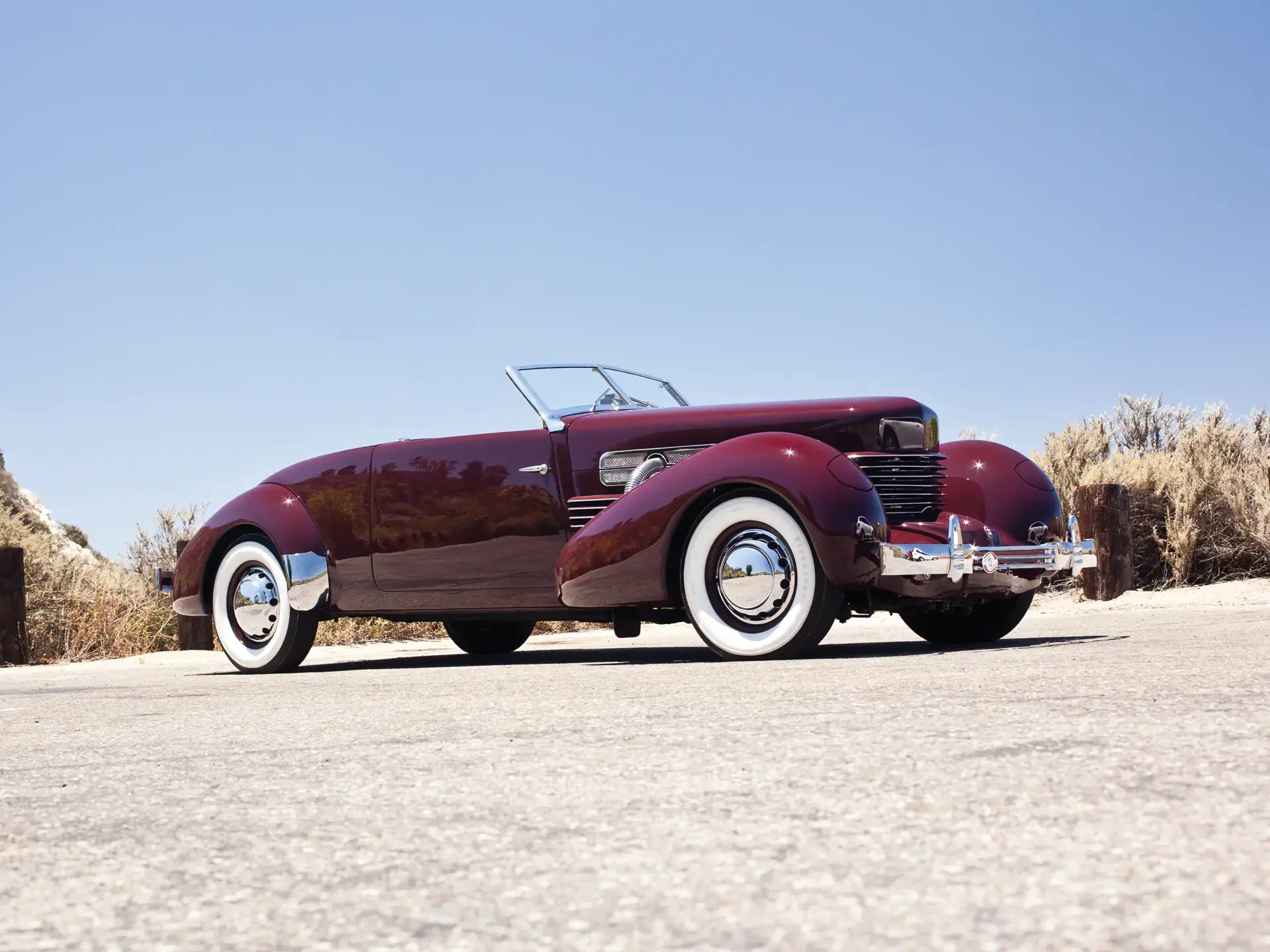The Nostalgia of Forgotten Gods: Talbot, France, 1903-1987
25 May 2024 3 min read 4 images

Photo credit: 24 Hours of Le Mans, Peninsula, Talbot, Wheelsage
The story of Talbot begins in 1903 when Frenchman Adolphe Clément received financial support from the English nobleman Lord Charles Chetwynd-Talbot to import French Clément-Bayard cars into the UK. In the early 1900s, the name Clément-Talbot was used until the outbreak of World War I, which caused a financial crisis for the company. Darracq, another French car manufacturer, rescued it in 1919 and acquired the English Sunbeam the following year, creating the STD Group (Sunbeam-Talbot-Darracq). Talbot production continued in both France and England.
Register to unlock this article
Signing up is free and gives you access to hundreds of articles and additional benefits. See what’s included in your free membership. See what's included in your free membership.
Already have an account? Log In


